Idaho National Laboratory recognized for exemplary disability hiring and employment practices

The National Organization on Disability (NOD) has named Idaho National Laboratory a 2021 NOD Leading Disability Employer.
Old ties holding strong: ‘Navy nukes’ are naturals for operator jobs at ATR, MFC
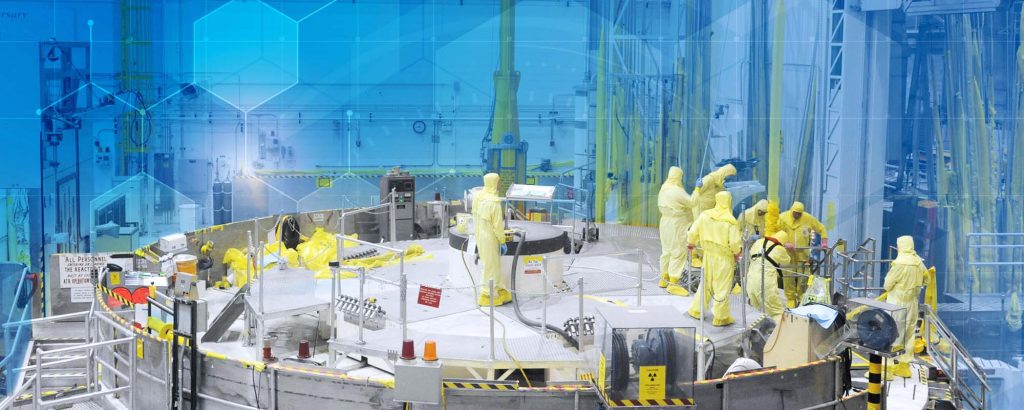
It’s been more than 25 years since the U.S. Navy had sailors training on prototype reactors in Idaho, but its ties with Idaho National Laboratory remain strong.
NASA, INL take next step toward developing dynamic radioisotope power system

Idaho National Laboratory (INL) has selected Aerojet Rocketdyne as the lead subcontractor for the first of three phases toward the development of a dynamic radioisotope power system for a lunar demonstration mission by the late 2020s as outlined in Space Policy Directive-6.
Getting INL to net-zero carbon emissions by 2031? Audacious but doable

Jhansi Kandasamy was recently named Idaho National Laboratory’s net-zero director, and she’s charged with achieving net-zero carbon emissions for INL within the next 10 years.
Battelle Energy Alliance, NASA seek industry partners to design nuclear power system for lunar applications

Battelle Energy Alliance, contractor for the U.S. Department of Energy’s Idaho National Laboratory, and NASA are seeking proposals from nuclear and space industry leaders to develop innovative technologies for a fission surface power (FSP) system for lunar power applications.
Moving water could replace diesel energy in remote communities

A collaborative project between INL researchers, the Alaska Center for Energy and Power (ACEP), and XENDEE Corporation is looking at the feasibility of enabling microgrids to integrate power from tidal or wave energy sources along with other renewables and energy storage.
Veterans Day takes on special meaning for many at INL

Hear from four Idaho National Laboratory employees and learn about their experiences as veterans of the United States Armed Forces.
Microreactors could replace diesel generators, enable renewables, report says
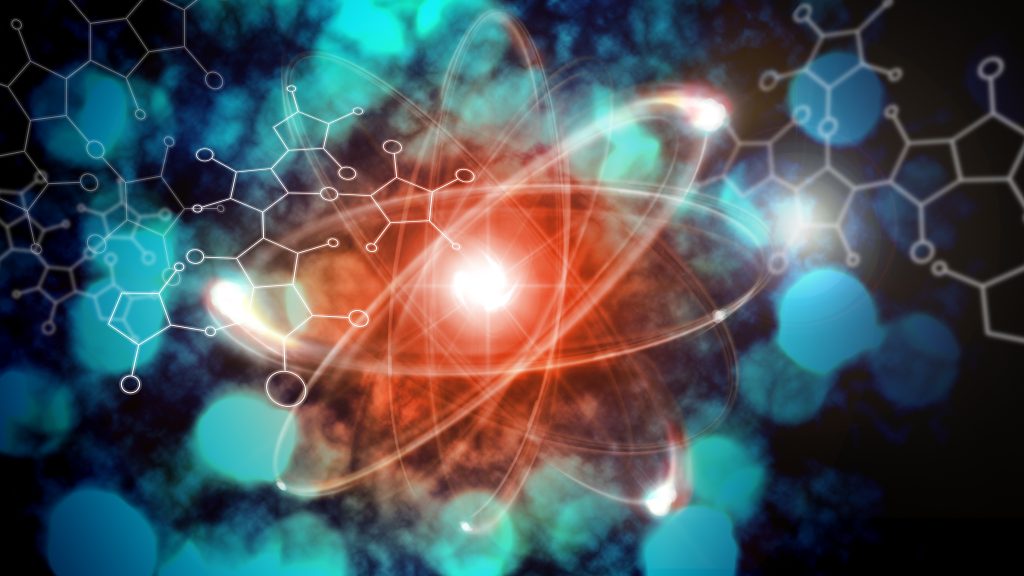
When it comes to reducing carbon emissions, energy experts at INL have developed solutions for some big challenges, namely microreactors.
Idaho researchers take a close look at uranium to unravel its mysteries
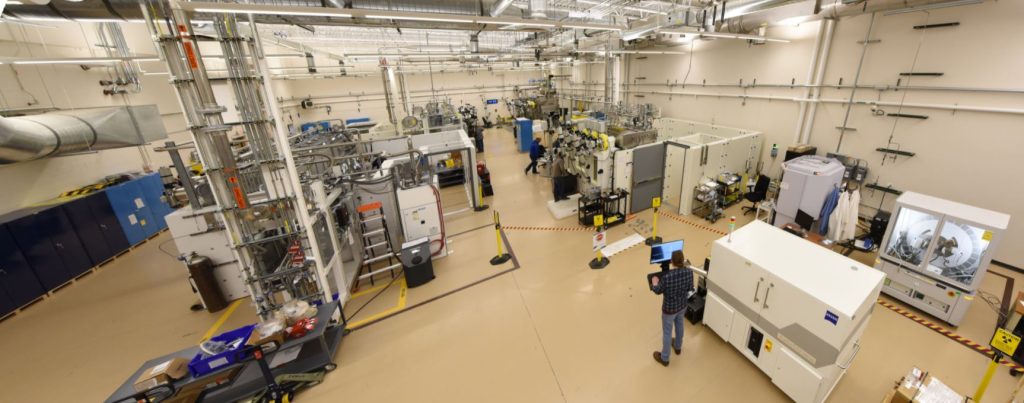
For the first time in decades, researchers at Idaho National Laboratory are studying how the structure of uranium changes when it is rapidly heated or cooled.
Adaptable cybersecurity solution for industry and infrastructure wins technology development award
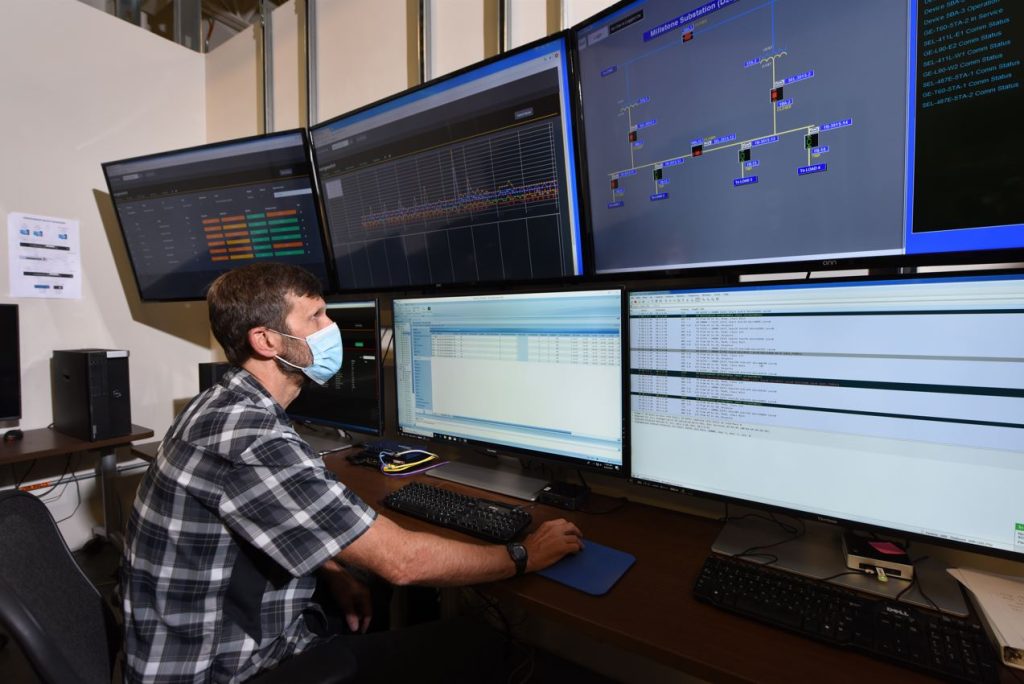
Idaho National Laboratory’s OpDefender cybersecurity technology received a 2021 Far West Regional Award for Outstanding Technology Development from the Federal Laboratory Consortium for Technology Transfer.
Nuclear energy featured on ‘Tomorrow’s World Today’
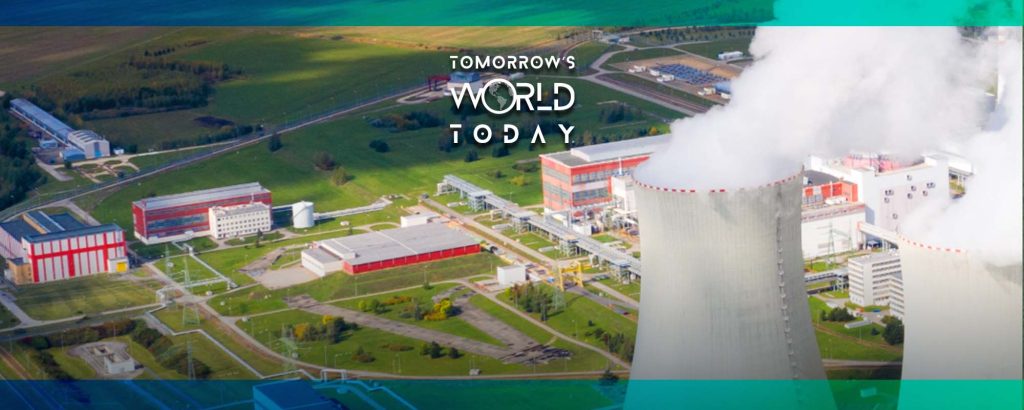
“Tomorrow’s World Today,” an Emmy-nominated television show about the latest developments on sustainability, technology and innovation, will feature experts from Idaho National Laboratory during Season 4.
National Laboratory Partners with Arizona Company to Use Nuclear Energy for Clean Hydrogen Production
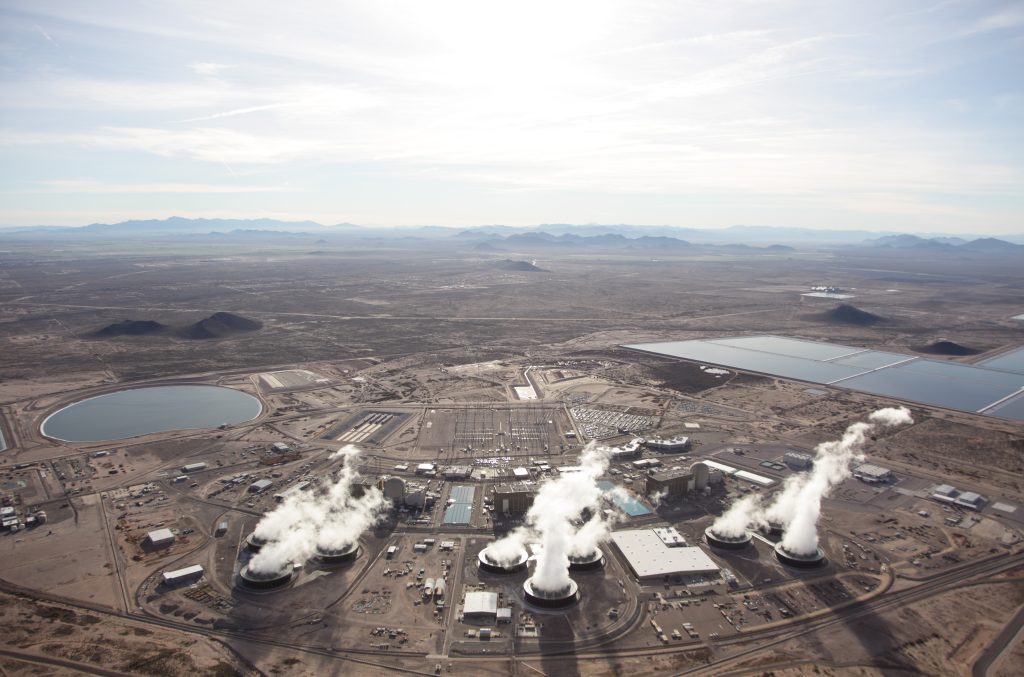
Idaho National Laboratory will partner with PNW Hydrogen to bring the nation one step closer to a carbon-free future.
INL computational scientist solves mysteries of nuclear science

Andrea Jokisaari, a computational scientist at Idaho National Laboratory (INL), works to unlock the mysteries of how fuel and materials change over time in nuclear power plants, information crucial for plant safety and economics.
INL ranks #13 in nation among best places to work for women, diverse managers
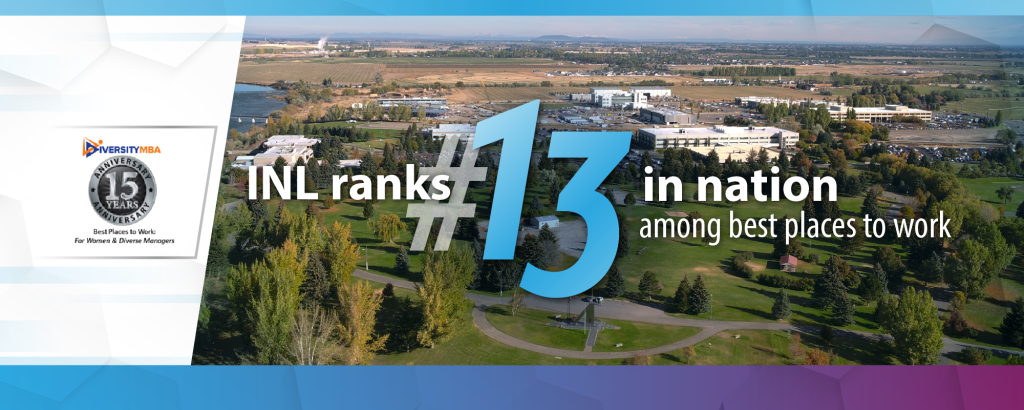
Diversity MBA, a national leadership organization that integrates diversity and inclusion with talent management, ranked Idaho National Laboratory #13 in the nation for Best Places to Work for Women & Diverse Managers and in the Top 10 Best in Class Categories for Accountability and Recruitment.
Protecting researcher safety one industry standard at a time
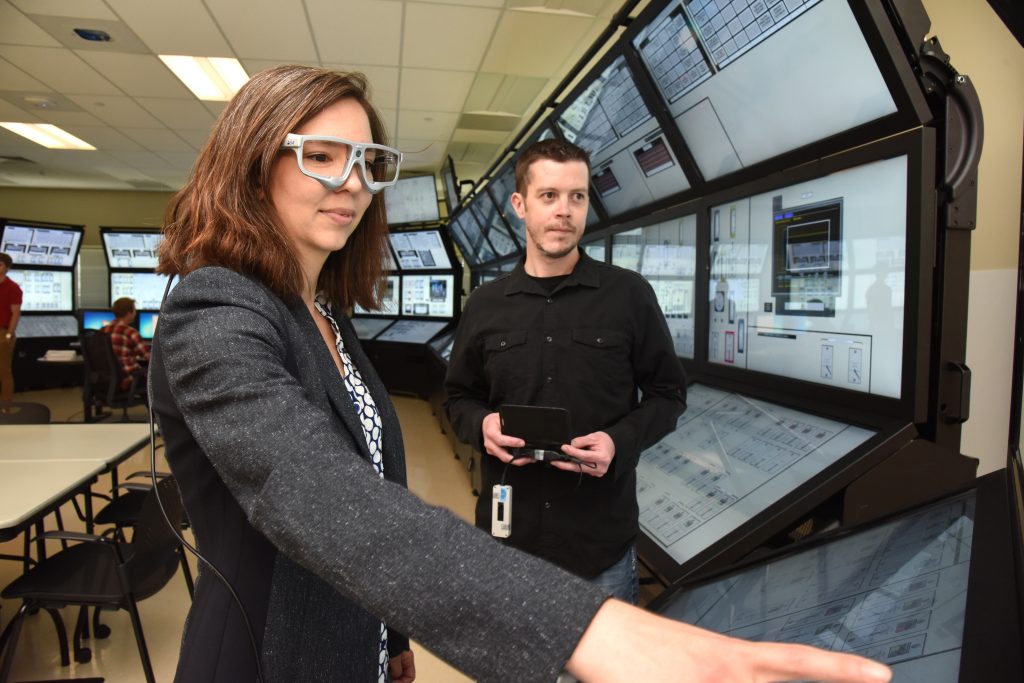
The Idaho National Laboratory Human Factors and Reliability directorate is helping create and improve the standardized language for various aspects of nuclear engineering.
Machine learning in charge: Improving battery safety for electric vehicles
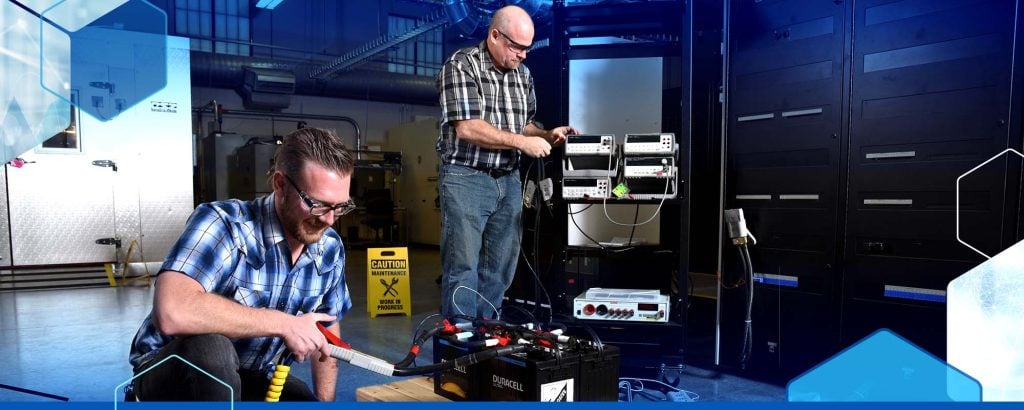
A machine learning technique developed by Idaho National Laboratory (INL) researchers makes it easier to spot possible battery troubles earlier than ever before.
MIT Nuclear Reactor Laboratory and Idaho National Laboratory jointly appoint Dr. Sacit Cetiner to lead Center for Reactor Instrumentation and Sensor Physics

The Massachusetts Institute of Technology (MIT) Nuclear Reactor Laboratory (NRL) and Idaho National Laboratory (INL) are pleased to announce the appointment of Dr. Sacit M. Cetiner as the director of the newly established joint MIT and INL Center for Reactor Instrumentation and Sensor Physics (CRISP).
New website a gateway into nuclear energy
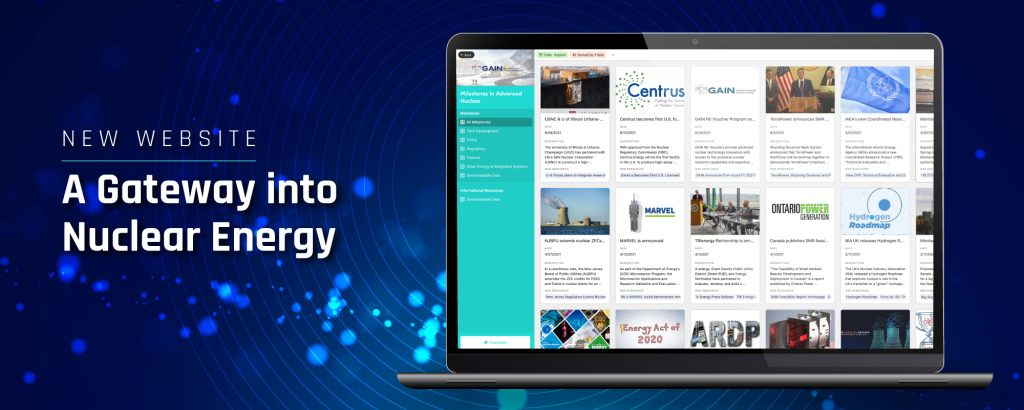
The Gateway for Accelerated Innovation in Nuclear (GAIN) just unveiled Milestones in Advanced Nuclear, an interactive website that provides the latest news in the U.S. nuclear power industry.
Small hydropower proves to be an ally for rural communities
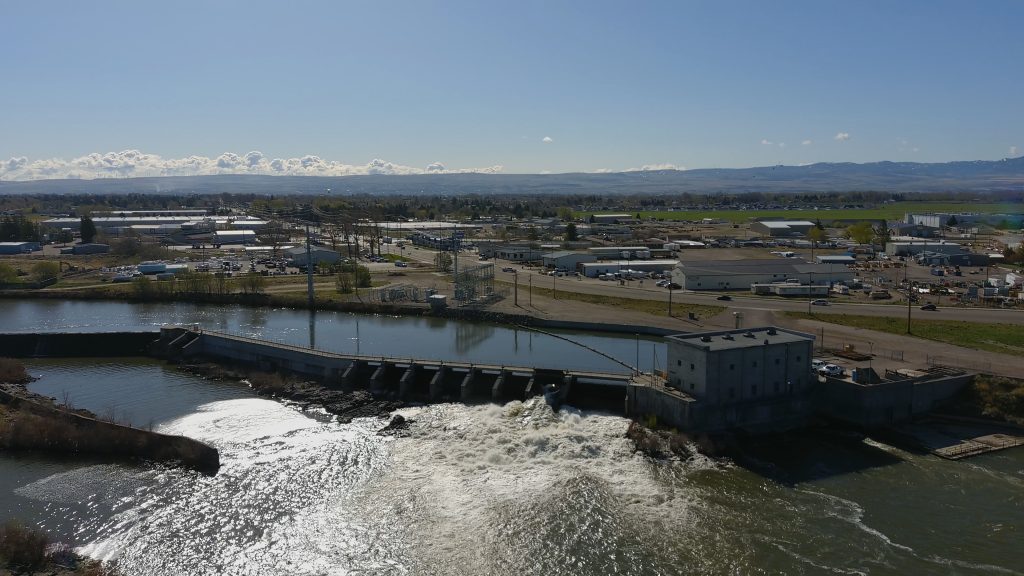
Technology developed by Idaho National Laboratory can be used to support smaller, regional hydropower plants that normally wouldn’t have the capability to black start and operate as an islanded grid.
Hiring Our Heroes brings new talent to INL

INL participates in the Hiring Our Heroes Program, which provides service members with professional training and experience in the civilian workforce.
